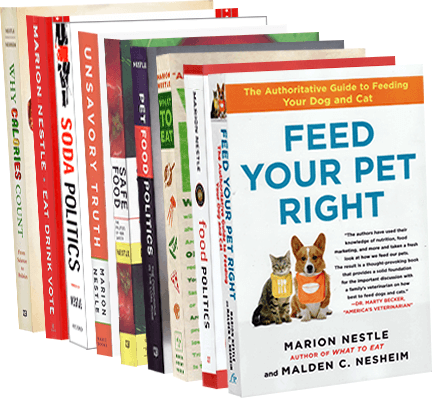Several people, among them Kerry Trueman of Eating Liberally, asked my opinion of John Tierney’s column about Gary Taubes’ new book, Good Calories Bad Calories, in today’s New York Times. Taubes’ book arrived while I was in India and I can’t really comment on it until I have had a chance to read it. I gather from Tierney’s piece and Gina Kolata’s review of it on Sunday that it comes down hard on carbohydrates.
I continue to be impressed by how difficult it is to separate the health effects of fat, carbohydrate, and protein from the calories they provide, the foods that contain them, the diets as a whole, or the rest of the lifestyle that goes along with the diet. Finding out what people eat is hard to do. Determining the health effects of dietary factors or patterns is even harder since humans make such awful experimental animals. Plenty of things about human nutrition are reasonably well established–the basic nutrients that are required and the amounts that prevent deficiency diseases, for example. But it is much trickier to figure out the effects of nutrients on chronic diseases that are also affected by activity levels, cigarette smoking, alcohol use, and social factors such as poverty, stress, and lack of control. So I can’t help but be skeptical of journalists who think they have answers to questions that scientists have been grappling with for years.
In a situation in which questions remain, is it better to say nothing or to give the best advice possible based on existing knowledge? Intelligent people may differ on this point but I am convinced that people really want to know what diet is best for their health and want help making food choices. What seems amazing to me is that despite decades of arguments over fat v. carbohydrate, basic dietary advice for preventing chronic diseases hasn’t changed in 50 years. I summarize this advice in What to Eat as don’t eat too much (eat less, move more); eat plenty of fruits, vegetables, and whole grains; and don’t eat too much junk food. This seems like a pretty good approach backed up by plenty of research.
Oh, and the calorie question. It’s not that people are overeating 50 to 100 calories a day (the amount in one or two Oreo cookies) and gaining weight. Most bodies can easily compensate for small differences in caloric intake and output. But, as I hear from pediatricians all the time, kids these days are consuming hundreds of calories more than they need, and sometimes thousands. Metabolism–in kids or adults–just can’t handle that level of overload. In that situation, carbohydrates may be harder to handle than fats, but both will end up in the body as fat if those calories aren’t used up in physical activity.
Fortunately, my precepts leave plenty of room for enjoying delicious food, and aren’t we lucky to have so much around.

